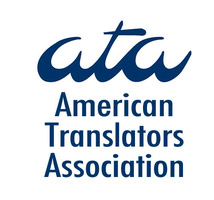eLearning Localization
Training is always most effective in the learner's native language.
And so is rich media. In today's ubiquitous culture of collaboration and mobility, the global eLearning market is poised to reach $325 Billion by 2025. Audiovisual, interactive content in the user's native language is not only highly relevant but also a compelling and powerful means for global brands to deliver their message and increase revenue. At SpanSource we have years of experience localizing a wide variety of eLearning courseware into multiple languages with varying purposes:
The intricacies involved in multilingual eLearning localization are vast and planning is key. With so many dependent tasks, even small oversights can result in overruns and delays. At SpanSource, we know that a meticulous project plan upfront is critical, as is leveraging common activities such as project management and localization engineering for cost control. Our production hub is set up with centralized coordination and communication with clients and project stakeholders and our engineers work with the full spectrum of eLearning and CAT tools to seamlessly produce and integrate localized assets.
SpanSource only works with specialized native linguists and a vast network of professional voiceover talents from around the world to convey not only the message but also the tempo, register, tone and pitch of the source in the localized content.
We call on professional subject matter experts for cultural adaptation when needed, adjusting terminology to local regulations, suggesting replacement of images, colors and other elements required to capture and reflect the local flavor.
QA testers conduct scripted runtime validation to sign off on correct voiceover synching and captioning, image localization, quiz functionality, graphical mouse movements and clicks.




